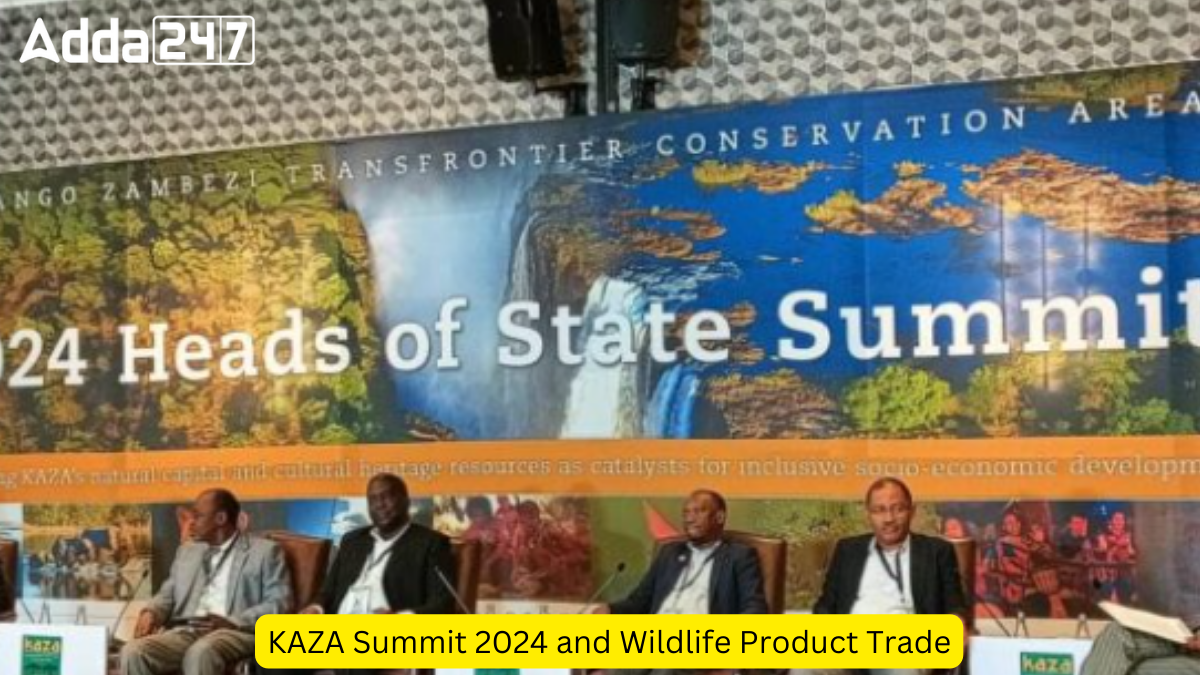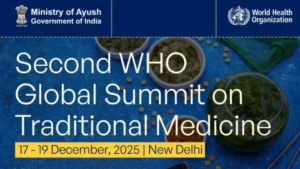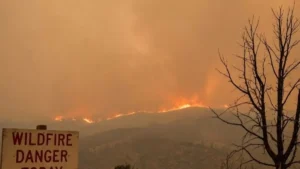The KAZA 2024 Heads of State Summit ended in the Zambian resort town of Livingstone on May 31, with leaders of the five member countries agreeing to argue their case for lifting of the ban on ivory trade at the 20th meeting of the Conference of Parties (CoP20) of the Convention on International Trade in Endangered Species of Wild Fauna and Flora (CITES) due next year in Geneva, Switzerland.
Historical Dispute with CITES
Similar to this summit, Southern African nations promoted the legalization of the ivory trade at the 2022 Conference of Parties in Panama in order to fund conservation efforts and lessen conflicts between people and wildlife.
They had significant populations of elephants and faced other difficulties, but their proposal was turned down because these countries said it put anti-trade beliefs ahead of scientific conservation techniques.
The KAZA-TFCA initiative
Surrounding the Okavango and Zambezi river basins, KAZA-TFCA extends over five southern African countries: Angola, Botswana, Namibia, Zambia, and Zimbabwe.
- With 85 forest reserves and 103 wildlife management areas, around 70% of the land in the Kazakh Archipelago is protected.
- Around 2/3 of Africa’s elephant population, or 450,000, is found in this region. Notably, large chunks of this population are found in Botswana (132,000) and Zimbabwe (100,000) alone.
Key issue discussed in the at 2024
In addition to stressing elephant mortality rates and the lost economic potential from ivory stockpiles, delegates at the Livingstone Summit stressed the economic drawbacks of the current CITES regulations and argued for the rights of wildlife product sales.
Funding for conservation is impacted by the ban on the trade in ivory and wildlife products since the proceeds from these sales might go toward species management.
- Delegates contended that the efficiency of CITES in promoting sustainable conservation is undermined by the fact that choices are made based not on political goals and populism but rather on scientific facts.
- Proponents of leaving CITES said that doing so might force the organization to reevaluate its position or give KAZA governments more authority to manage their animal resources on their own. This argument was reiterated at the summit.
- Zimbabwe and other KAZA members are looking into other markets, especially in the East, in reaction to growing limitations on trophy hunting imports by Western nations.
Trophy hunting is the deliberate hunting of wild creatures, usually large mammals, in order to obtain body parts for exhibition or as emblems of accomplishment, such as antlers or horns.
Causes of Wildlife Product Trade
- Poaching of elephants and tigers is one of the distant activities that organized crime engages in. It frequently collaborates with other criminal networks, taking advantage of power imbalances, illegal weaponry, and channels for money laundering.
- Scarcity can make illegal markets more tempting to customers. When legal sales decline, criminal dealers may discover new ways to keep selling the goods, such as rare animals or trophies from endangered species.
- Many poor people are merely trying to make ends meet, even if large criminal groups may be behind some trafficking.
- From bribes at inspection stations to higher-level influence on permit issuance and legal judgments, it seriously affects attempts to disrupt and deter wildlife trafficking.
Measures needed to tackle Wildlife Crime
- Prohibiting the Sale of Illegal Wildlife Products: This strategy seeks to lower demand by outlawing the sale or possession of products made from wildlife that has been obtained illegally.
- Sufficient Funding for the Protection of Wildlife: The money should go straight to organizations that guard wildlife, such park rangers and anti-poaching units.
- Public Education and Awareness: The market for illicit goods can be reduced by informing people about the dangers of wildlife trafficking and the importance of wildlife.




 Odisha to Host Regional AI Impact Confer...
Odisha to Host Regional AI Impact Confer...
 2nd WHO Global Summit on Traditional Med...
2nd WHO Global Summit on Traditional Med...
 UNEA Adopts India’s Resolution on Global...
UNEA Adopts India’s Resolution on Global...







